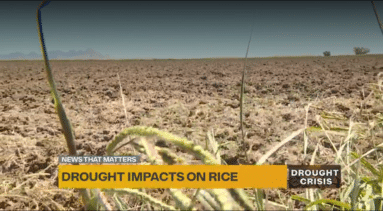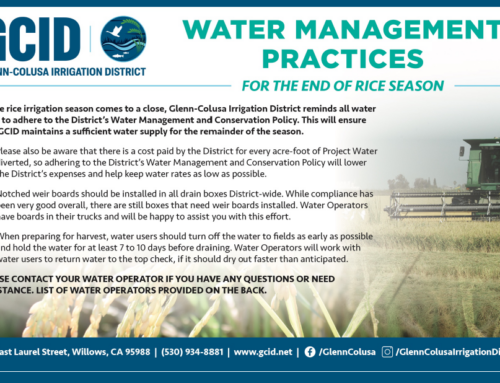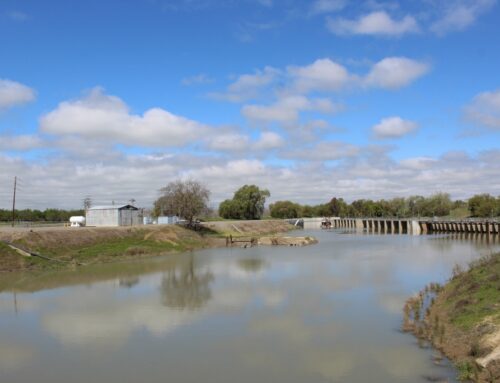SACRAMENTO, Calif. (KTXL) — In a normal year, Don Bransford gets 75% of his water supply for his crop from Shasta Lake.
“Typically, you would see a green carpet of rice just emerging from the water right now, but because we have no supply of water right now, it’s just bone dry,” Bransford said.
This year, he’s only getting 18%, forcing him to make a decision.
“I mean nothing has been planted this year,” Bransford said.
For the first time in his 42 years of farming, Bransford’s fields are empty.
Typically around this time of year, a cultivator that is used to air out and dry out the soil would be getting attached to the tractor and moving into the field.
That’s the first step in getting the harvest ready.
The impact has been widespread, from urbanized areas asked to cut down on water usage to the agriculture industry.
“Any industry related to ag or even the community, all these people are feeling the pinch because the labor force has been laid off. One ranch laid 200 people off and in some cases, that’s a husband and a wife,” Bransford told FOX40.
The environmental impacts are also concerning.
“These rice fields supply 60% of the feed for migratory water fowl, so not only is there feed here, but we flood a lot of these feeds in the wintertime which provides habitat,” Bransford explained. “What’s going to happen now is what little rice is planted is going to congregate the geese and the ducks and that creates disease issues.”
All Bransford can do now is look at his empty fields and hope for rain.
Watch the Video Here







